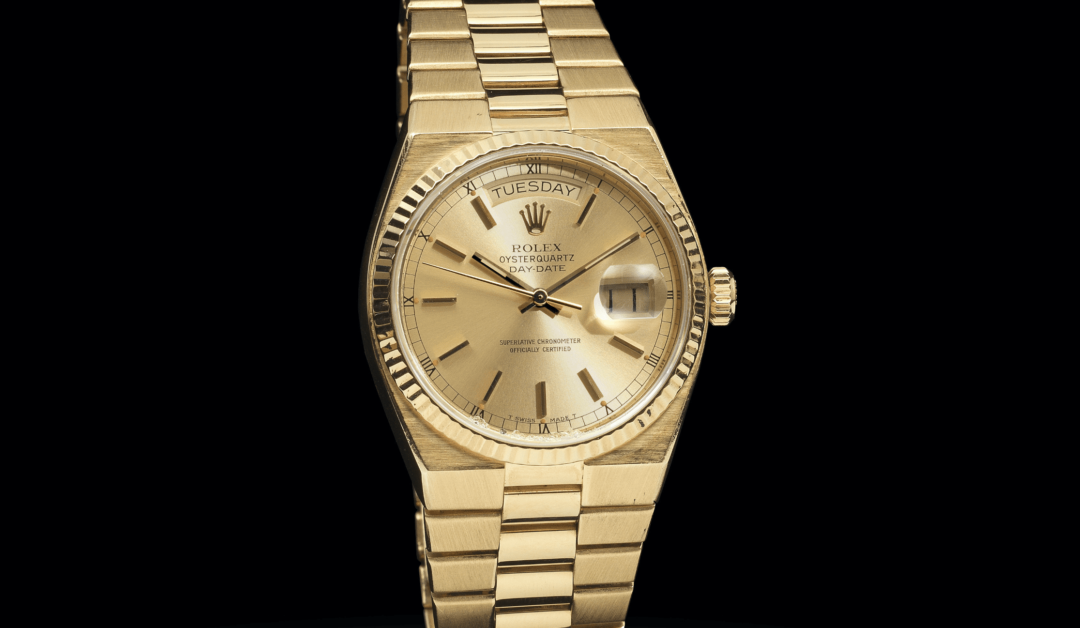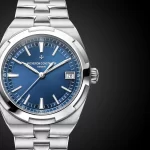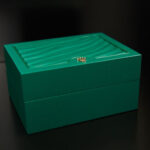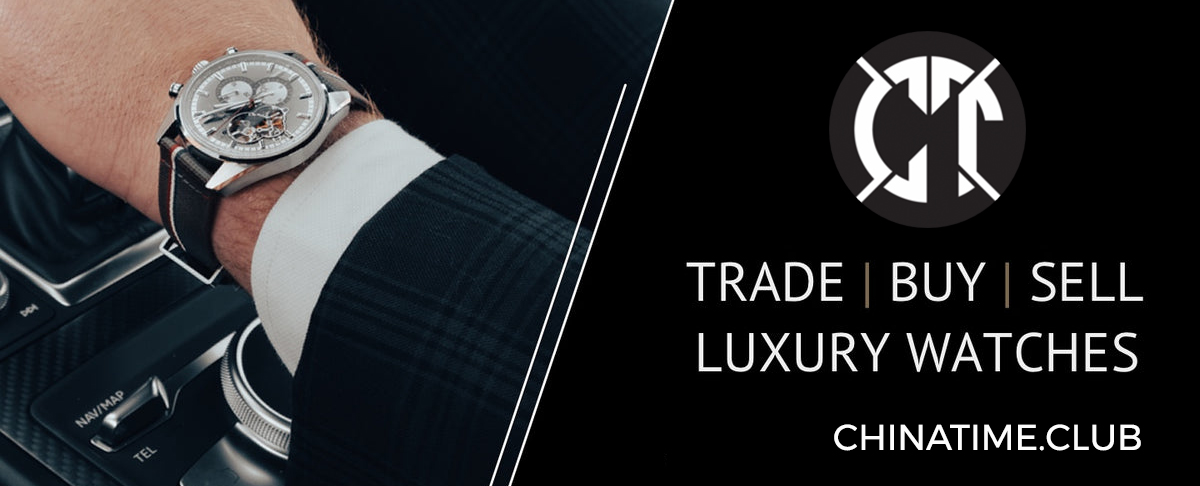Gold plating is a process where a thin layer of gold is applied to metals such as silver, steel or copper which makes jewelry looks like gold.
Gold plating is a hero! It takes all sorts of jewelry and turns it to gold!
The official name is gold electroplating.

It just means putting a light coat of gold onto another metal.
You can then rock a gold necklace or ring without paying for “real” gold.
Once the plating is on, no one can tell the difference, unless they’re a jeweler and inspecting closely.
Gold plating will come in different quality levels, and a lot of it is due to the purity of the plating.
It can also vary by the quality of the base metal that is plated. That’s something to keep in mind—more details below.
We’ll let you decide how to use gold plating in your life with 11 facts about gold plating jewelry.
Definition of Gold Plating
Gold plated of jewelry means taking a piece of jewelry and covering it in gold.
That way, jewelry from all kinds of materials can basically become gold.
This is often done in costume jewelry, but also in fashion jewelry. Either way, everyday people can take advantage.
It’s a great way to stretch the pocketbook. But it’s important to know that gold-plating will wear and slightly rub off over time.
It’s worst with rings, since they are always rubbing against your finger.
Gold-plating has a long history, dating back to the early 1800’s.
One pioneer was John Wright, who did some fancy lab work to develop an electrolyte solution, which is necessary for gold-plating.
Next is Luigi Brugnatelli, who was the pioneer to first cover silver in a coat of god, using electroplating, in 1805. But it wasn’t till later when it would become common.
Cousins George and Henry Elkington made money with gold-plating, using it for silverware and similar items.
By the 1850’s, smart people realized it was better to have gold-plated jewelry than shiny forks, and it became common to plate items in gold.
That means that your great-great-great-great grandfather may have bought gold-plated jewelry for your great—you get the idea.
How Gold Plating Works
Gold plating isn’t like spray painting or something as superficial as that.
It’s actually a chemical process. When an electric current applies a thin layer of gold to another metal, it partially dissolves that metal; this is when the chemical bond is created.
That means that the gold fuses with the other metal, meaning it is attached really well.
Over time, there will be some wear, but it won’t just crack and fall off.
To go step by step, the first thing that happens is a metal salt is created.
This is a combo of positive ions and an acid or non-metal.
These salts are mixed with water to create a bath. Whatever it is you’re plating goes into this bath.
This is where the electric current comes in, dissolving the salts and thus molding the gold to the other metal.
What Metals Does Gold Plating Work With?
Gold-plating works with a variety of metals. One difference is how long the plating will last.
Remember, it’s a chemical process, so chemistry determines the long-range success of the plating.
The metals where gold-plating will last longest are silver and titanium.
This is because gold holds tightest to these. Nickel, copper, and brass will all work, but their hold won’t be as strong or long.

One thing to know is that most of the time when silver is used, a layer of copper will be added before the gold.
This will slow down tarnishing.
A layer of nickel can be added to strengthen things, and only then does the gold get applied.
How Much Gold Is Used?
The amount of gold used to plate a particular piece is measured in thickness.
If you are having something gold-plated, be sure to ask for micron plating.
This is plating thick enough to be measured in microns—one micron is 0.001 millimeters.
Otherwise you’d have flash plating, in which case the gold is less than 1 micron.
Anything 1 micron or higher in thickness is micron plating.
Jewelry items that are thicker, that are more likely to wear or get rubbed frequently, or that are easier for people to see should be thicker.
Of course, the importance of the item to you also matters. Here’s a quick guideline:
- Earrings- 2 microns
- Rings 3-5 microns
- Necklaces 3-5 microns
- Bracelets 3-5 microns
- Watches 10-35 microns
A lot of the gold plating services will have a fee for one micron, then charge a certain amount for each additional micron.
Can Gold Plating Tarnish?
The answer to this question is tricky. The whole point of gold is that as an inert metal it can’t tarnish.
Why, then, has one of your friends said that their gold-plated bracelet tarnished?
Well, the metal that has been plated mixes with the plating, and when it tarnishes, it just looks like the gold plating has tarnished.
One tip that may seem odd to prevent tarnishing is to put your gold-plated jewelry in a plastic bag.
Squish down all the excess air.
Depriving the jewelry of oxygen will keep it from tarnishing.
How Long Does Gold-Plating Last?
Gold-plating isn’t quite permanent. That is one of the tradeoffs for saving money.
Necklaces and earrings could last longer than a year before flaking or wearing thin.
Rings can last nearly as long if warn only on weekends, for special occasions, etc.

Most of what is trouble for gold-plated items is being bumped around, scratched against surfaces, etc.
That’s why the best approach for gold-plated is to put it on for a party, then clean it and store it properly.
Wearing it all day at the office will shorten its life to a matter of months.
Another thing to think about is sweating—the acid in perspiration will eat away at gold plating.
As best as you can, try to take it off if you think you’ll be glistening—that way the ring or bracelet can keep doing so.
Is the Gold in Gold-Plated Jewelry Valuable?
First off, it’s important to realize that gold for gold-plating is real.
We’re not talking imitation here.
That’s one of the reasons gold-plated fashion jewelry can be such a great item: you’re really saving money on items using real gold.
As explained before, the thickness is measured in micrometers, meaning that there is not a large amount of gold in the plating.
It generally isn’t possible to remove the plating from a piece of jewelry and sell it.
The value of the item lies in the whole piece of jewelry, including the base metal, not the plating itself.
How Do I Take Care of My Gold-Plated Jewelry?
When taking care of your gold-plated, the main things you are guarding against are tarnishing, fading, and scratches.
While fading and wear will happen over time, you can slow these down and extend the life of your gold-plated treasures.
Tarnishing- The main thing that causes tarnishing is moisture, particularly harsh chemicals.
As stated above, if you wish to wear beautiful gold-plated jewelry, you have to get in the mindset of being conscious you are wearing it, and being wiling to take it off as needed.
Be sure to take off any gold-plated items before swimming, since chlorine is murder on them.
The other thing is exercise, since sweat leads to tarnishing. If you’re using perfume or lotions in areas covered by plated jewelry, be sure to let it dry before putting the jewelry on.
Storing the jewelry is important to avoid tarnishing.
Don’t store gold-plated jewelry with silver jewelry: you’ll get chemical reactions from the clashing metals that will speed up tarnishing.
Fading- If you’re following the steps to avoid tarnishing, you’re mostly good. One additional tip—to avoid fading—is to faithfully clean your gold-plateds.
Use a soft jewelry cloth and do not use a polishing cloth—that is where fading comes in.
Scratching- This one is pretty easy. Just don’t sore gold-plated jewelry with other types.
A plastic bag is best because it prevents oxidization.

What Grade of Gold Is Used for Gold-Plating?
There are a few ways to acquire gold-plated jewelry.
One is to take a ring or other piece of adornment you own into a gold-plater, give your specifications, get a quote, and get some plating done.
You also can purchase jewelry that is gold-plated, and it will often run from $20-$40.
However, say you have a piece of jewelry handed down from your grandma, given to you by someone sweet, or whatever the case may be.
Or, maybe you’re just curious.
Here’s How to Tell.
Gold-plated jewelry should have hallmarks stamped into them. Look for:
- GP-gold-plated
- GEP-gold-electroplated (see top of article)
- HGE-heavy gold electroplate
- HGP- heavy gold plate
Now, you’ll experience a bit of wear and tear and the sprouting of imperfections from gold-plated stuff, so when that happens, you know your jewelry is gold-plated.
How Much Does Gold-Plating Cost?
At the beginning of the article, we explained that there were to types of gold-plating: flash plating and micron plating.
Now, because there are two of these does not mean they are equally common or that they are twins.
Remember, flash plating is definitely a budget process—it’s all about putting such a very thin covering of gold on the base metal that it can’t be measured in any microns at all. If you feel comfortable going with this option, it will be roughly half as expensive as micron plating.
Remember, as explained above a lot of jewelry will be best when plated at about 2-5 microns, with watches going quite a bit higher.
Therefore, our examples, will revolve around micron plating, and you can subtract roughly 50%, as an estimate, keeping in mind that it will vary from one plating service to another.
The cost of the plating will depend on which metal you’re starting with and the size of the item.
Sterling silver will be one of the cheapest to plate, since gold can be applied directly to it.
Copper will be more expensive , since something like palladium with have to be put on between it and the gold.
Micron plating usually starts at about $80 for rings, and $130-$150 for larger items like necklaces.
The more microns you get the higher the price.
To Conclude
Gold-plated jewelry can be the way to go to look good on a budget.
It’s just important to remember the things we’ve just told you and to treat it as what it is.
When you wish to buy a gold-plated item, be wary.
Don’t pay too much for something labeled at 18K or 24K, because it could possibly be 14K—it’s impossible to tell with the naked eye, since microns are fractions of millimeters.
This is why it’s not a bad idea to have your jewelry of various metals gold-plated.
This allows you to specify the thickness, as well as the karats, even if you have to shop around just a bit.
Once you have your jewelry, be sure to treat it right, according to our guidelines, above. It is different from other jewelry.
If you keep the flaking and wearing to a minimum by taking it easy on your gold-plated jewelry, it won’t be annoying.
You’ll feel as though you’ve gotten your money’s worth from this fascinating process.






